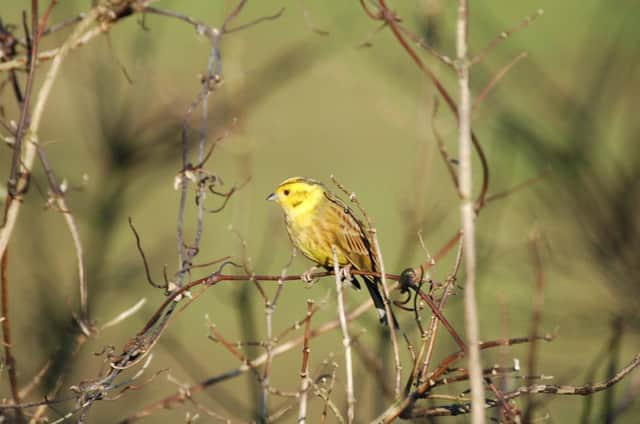Annual bird count on farmland all over Sussex


The fourth Big Farmland Bird Count runs from February 3 to February 12, organised by the Game and Wildlife Conservation Trust (GWCT).
A spokesperson for the Trust said: “If you want to take part, all you need to do is spend about 30 minutes recording the species and number of birds seen on one area of the farm.
Advertisement
Hide AdAdvertisement
Hide Ad“Farmers, gamekeepers and landowners are crucial in the survival and protection of many farmland bird species.
“However, several of these birds are in decline and efforts to monitor their numbers varies across the country.
“This is your chance to find out what you have on your farm. This year is even easier.
“You can use an exciting new online tool to make it quicker for you to record your count and will enable you to plot trends and compare your farm with others in your region.”
Advertisement
Hide AdAdvertisement
Hide AdLast year 130 different species were recorded, including long-time resident the yellowhammer.
Other birds expected to be seen include skylarks, which can be found on most areas of open farmland, and corn bunting which prefers open lowland farmland.
Lapwings were one of the most abundant species recorded in the 2016 count, because they live on all types of farmland, but prefer mixed farming systems and extensively managed wet grasslands.
Guy Smith, vice president of the National Farmers Union (NFU), said: “Citizen science seems very fashionable nowadays with initiatives such as the RSPB’s Big Garden Birdwatch attracting plenty of media attention.